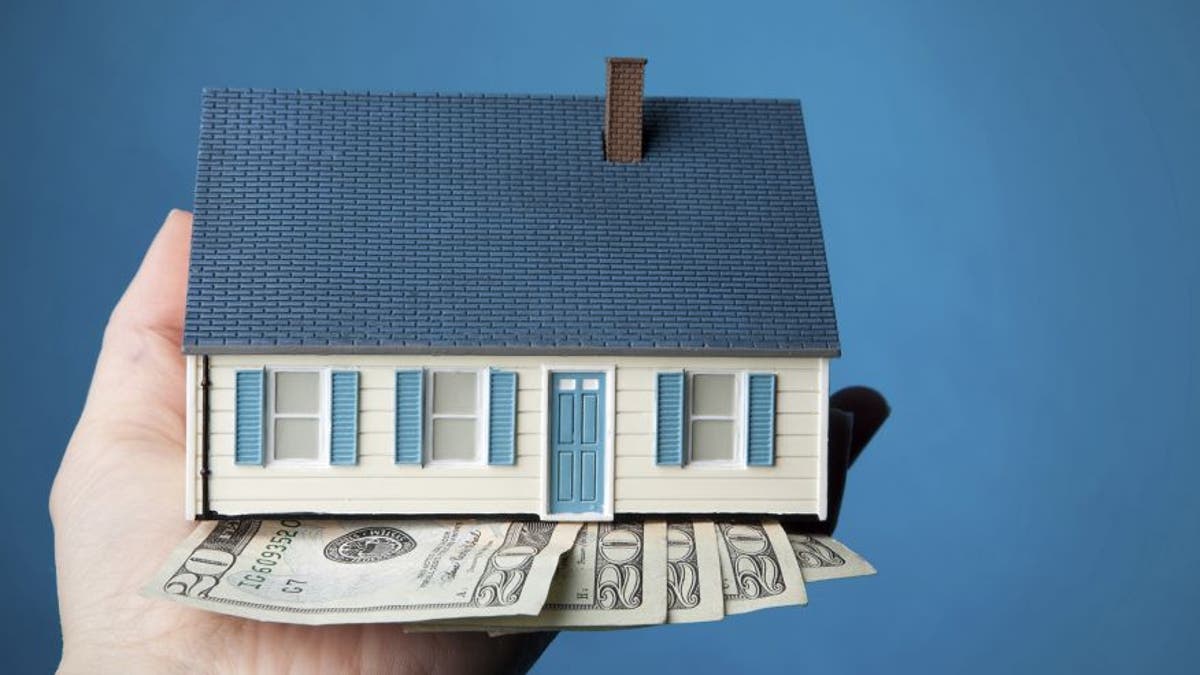
Let’s assume you live in one of the geographical areas that were hit the hardest by the home mortgage crisis. The economic boom that your lender assured you would continue to boost the value of your home has turned into an economic bust, and the house you extended yourself to buy — because it would be such a great investment — is now your biggest risk for financial ruin.
You feel trapped, throwing good money after bad every time you make a payment. Maybe, you can’t even make the payments. Circumstances have turned against you, and you’ve lost your job, or maxed out your credit, or have been forced to take a job at reduced pay. Whatever the reason, you can’t afford your mortgage payments and you are desperate for a solution.
The banks would like you to believe that a simple modification to your mortgage loan will put you back on the path to financial stability. Here are the challenges you need to be aware of if you go down the path of loan modification:
• You must jeopardize your credit rating to qualify.
In order for a lender to see you as enough of a risk to offer loan modification, you need to be in default or at least 90 days behind in your monthly payments. Being 90 days late can drop your FICO score by over 100 points. The lowered credit score can negatively affect your ability to refinance the loan or rent in the future.
• Beware the “trial period.”
If you qualify after a financial review, you will still have to make regular payments during the bank’s “trial period.” Assuming, your bank approves you for a loan modification trial period, it will ask you to make payments for three months while the modification is prepared. Once you’ve made full payments for three months, you’ll receive a letter from the bank saying that since you’ve been able to make full payments, it will need to review your application for relief — and please make payments for three more months. And then, after receiving full payments for six months, the bank will say that, based on your ability to pay over the past six months, you no longer qualify for a loan modification!
• Loan modifications don’t solve the bigger problem.
Even if you qualify for and receive a loan modification, you are still paying on a house that is worth less than you owe on it. Loan modifications do not reduce the principle due on the mortgage. They merely provide relief on the amount of interest due. If you owe $200,000 in principle, that is still how much you must pay back — even if your house is now worth only $120,000. You need to have a real commitment to staying in your house if you seek a loan modification.
If you are adamant that you must keep your home no matter what, then a loan modification is your first option. Plan to endure a lot of frustration and shame while dealing with your lender, who will make the process as long and drawn out as possible. Plan to have days when you honestly resent living in the home that has forced you into this position. And be sure your financial picture is improving over time, because whatever savings you hope to gain in the short term with a loan modification will be used up on the back end, when the difference gets tacked on to the end of the loan.
If you’ve come to the conclusion that hanging on to your home is like hanging on to a bad relationship and you’re ready to get divorced, then it’s time to consider the permanent options for getting out of your house payments.